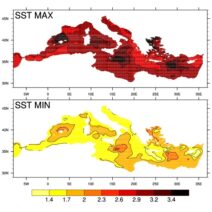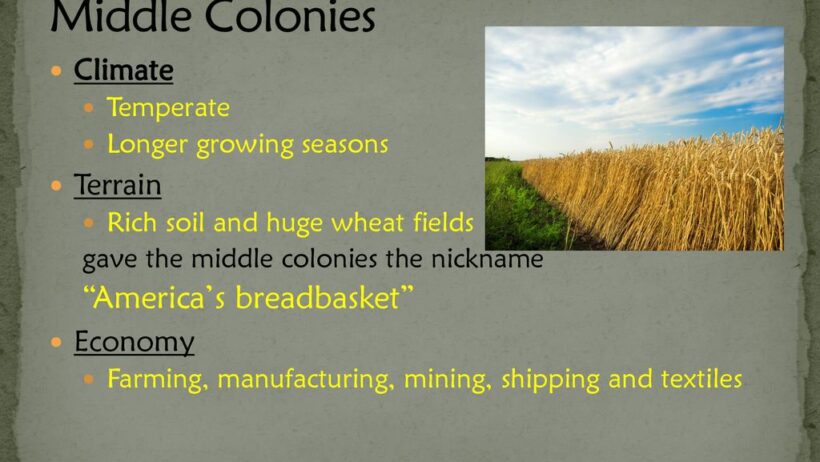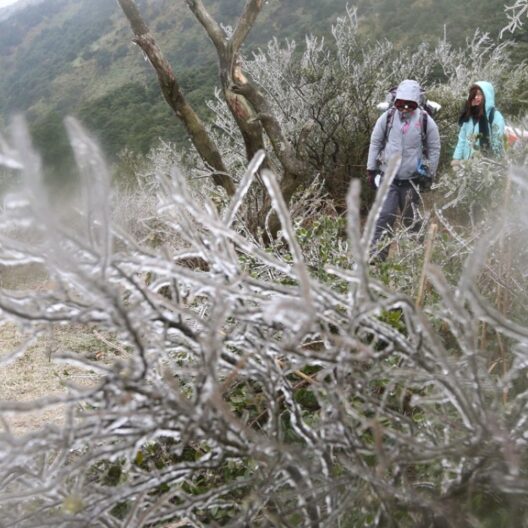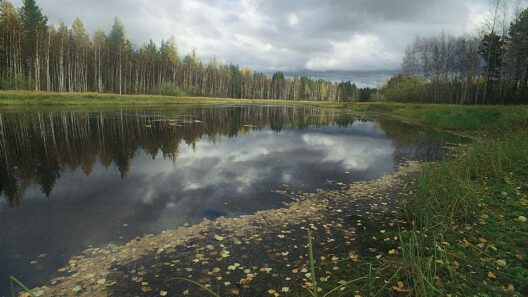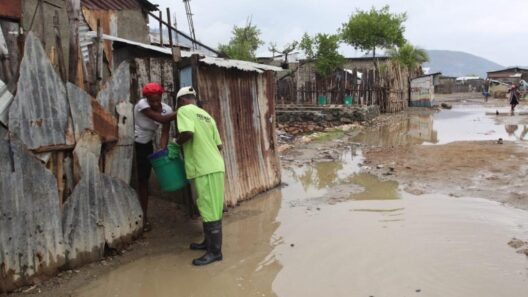The Middle Colonies of Colonial America, encompassing areas such as New York, New Jersey, Pennsylvania, and Delaware, were characterized by a distinct climate that significantly influenced agricultural practices and seasonal activities. The unique climatic conditions of this region created a fertile environment conducive to farming, earning it the moniker “America’s breadbasket.” Understanding the intricate relationship between climate, seasons, and farming realities offers insight into how early settlers adapted to and thrived within this diverse environment.
The climate of the Middle Colonies was classified as a humid continental climate, characterized by four distinct seasons: a warm summer, a cold winter, and transitional periods of spring and autumn. This climatic pattern facilitated a variety of agricultural practices, with each season bringing its own set of opportunities and challenges.
During the spring months, the thawing of winter snows and the burgeoning warmth of the sun heralded the onset of planting season. As the soil became pliable and the risk of frost diminished, farmers began to sow crops such as wheat, barley, and oats. The emergence of vibrant flora during spring was not merely a picturesque transformation; it was a crucial time for farmers to prepare for the year ahead. With the melting snow replenishing local waterways and the warming soil possessing an abundance of nutrients, spring served as an essential catalyst for agricultural productivity.
Summer followed closely behind, bringing with it longer days and warmer temperatures ideal for the growing season. The region’s average summer temperature typically ranged from the mid-70s to the low 80s Fahrenheit, creating optimal conditions for crops to flourish. Farmers diligently tended to their fields during this vibrant season, employing methods like crop rotation and polyculture to promote soil health and maximize yield. The Middle Colonies were particularly renowned for their bountiful harvests of grains, which not only fed local populations but also became a cornerstone of trade with Europe and other colonies.
As the hot summer sun slowly yielded to the cooler days of autumn, the harvest season arrived. This period was one of the most labor-intensive times of the year, as farmers and families united to gather crops. The rich bounty of wheat, corn, and other grains was carefully collected and stored for the cold months ahead. The significance of this harvest process extended beyond mere sustenance; the act of gathering was steeped in community traditions and social gatherings, emphasizing the interconnectedness of agrarian life.
However, autumn also presented a unique set of challenges. As crops were harvested, concerns about frosts and inclement weather began to mount. The concept of a “killing frost” became essential for farmers to understand, as it could drastically impact the remaining crops and the viability of food supplies for the winter. Thus, the adage “make hay while the sun shines” often reverberated throughout farming communities, encouraging proactive measures to secure their harvest before unpredictable weather patterns set in.
The onset of winter marked a stark contrast to the lively agricultural activities of previous months. With temperatures plummeting and snow blanketing the landscape, farming operations came to a halt. Yet, this dormancy was not without purpose. Winter offered an opportunity for farmers to maintain equipment, repair structures, and rejuvenate their minds and bodies in preparation for the rigorous demands of spring. In many ways, winter provided the necessary respite required for the cyclical nature of farming to continue.
The climate of the Middle Colonies was not only conducive to farming, but it also facilitated a diverse range of agricultural products that defined the economy of the region. The integration of crops such as rye, flax, and even tobacco presented a varied agricultural portfolio that allowed settlers to adapt to market demands and regional preferences. The fertile soil, combined with the climatological advantages, made the Middle Colonies particularly attractive for farmers seeking to establish themselves in the New World.
One cannot overlook the interplay between climate and sustainability in this context. The Middle Colonies, with their agricultural abundance, served as a microcosm for early practices of sustainable land use. Crop rotation, the preservation of soil health, and adaptation to seasonal changes demonstrated an understanding of ecological balance that would later resonate in contemporary discussions on sustainable agriculture. The approach of these settlers can inform modern agricultural practices, underscoring the importance of adapting to climatic variances while maintaining ecological health.
Ultimately, the climate of the Middle Colonies influenced not only the patterns of farming and seasonal realities but also the cultural and social fabric of the communities that emerged within this context. The rhythmic cycle of planting, harvesting, and reticent waiting during the winter months wove together a narrative of resilience and adaptability. As the seasons continued their eternal dance, the persistence of these early settlers serves as an enduring testament to the direct relationship between climate, agriculture, and community dynamics.
As we reflect on the historical agricultural practices of the Middle Colonies, one can draw parallels to contemporary environmental challenges. The wisdom embedded in seasonal awareness, crop diversity, and sustainable practices offers crucial insights into addressing modern climate concerns. This exploration of the past not only enriches our understanding of colonial agricultural realities but also ignites curiosity about how these lessons can guide us toward a more sustainable future.


